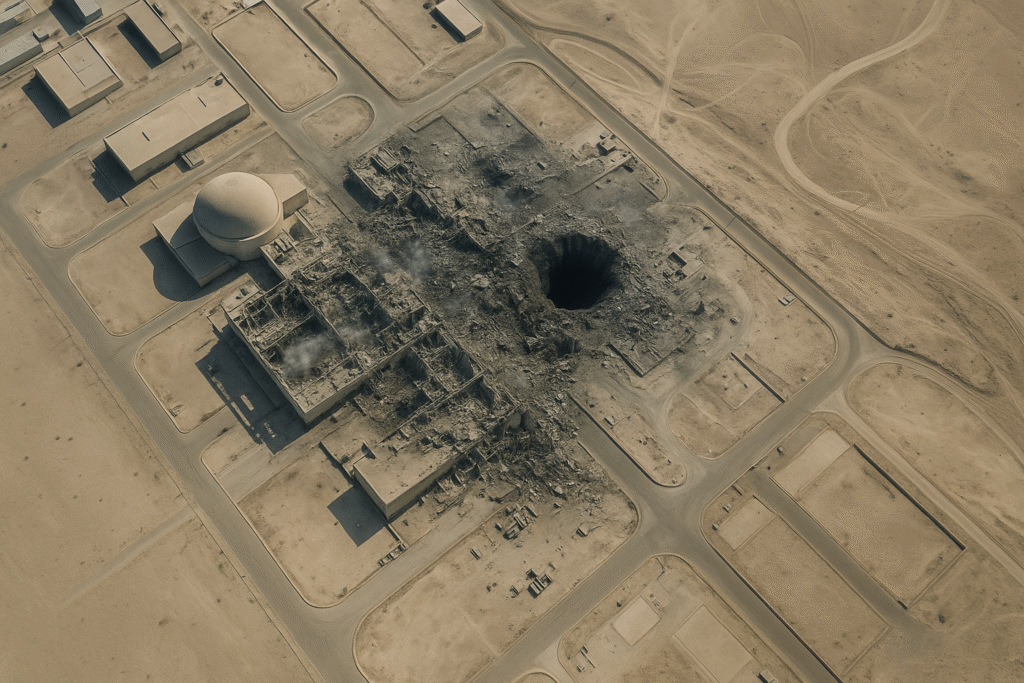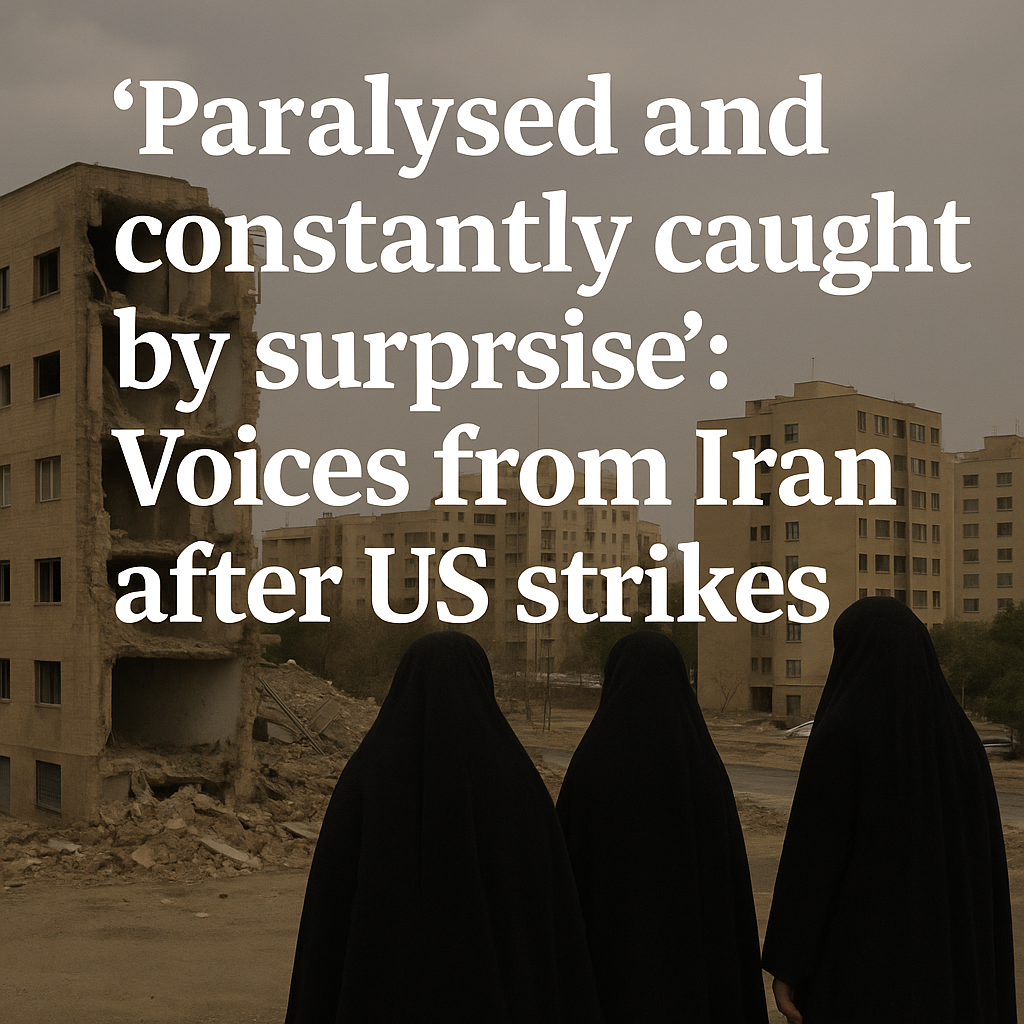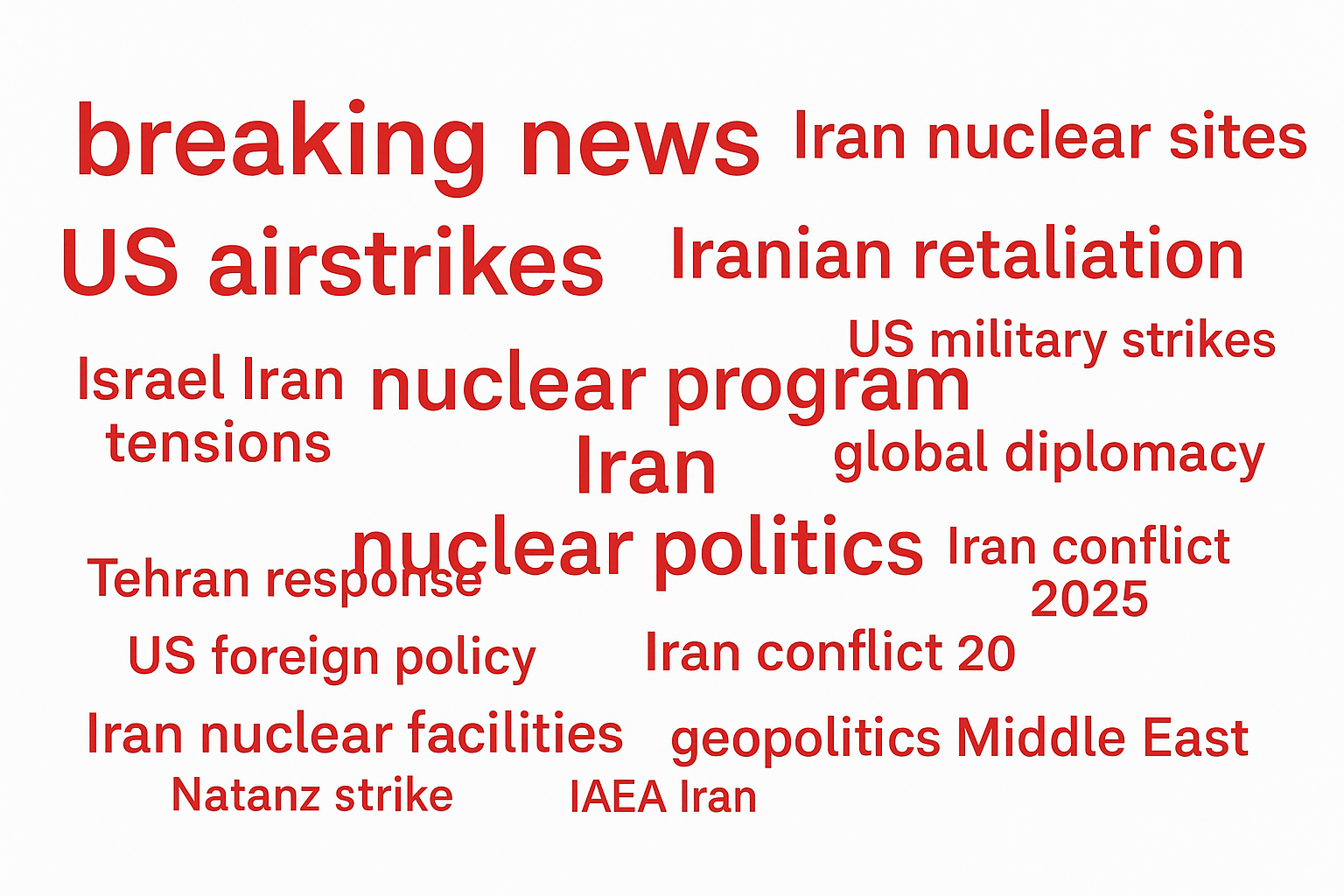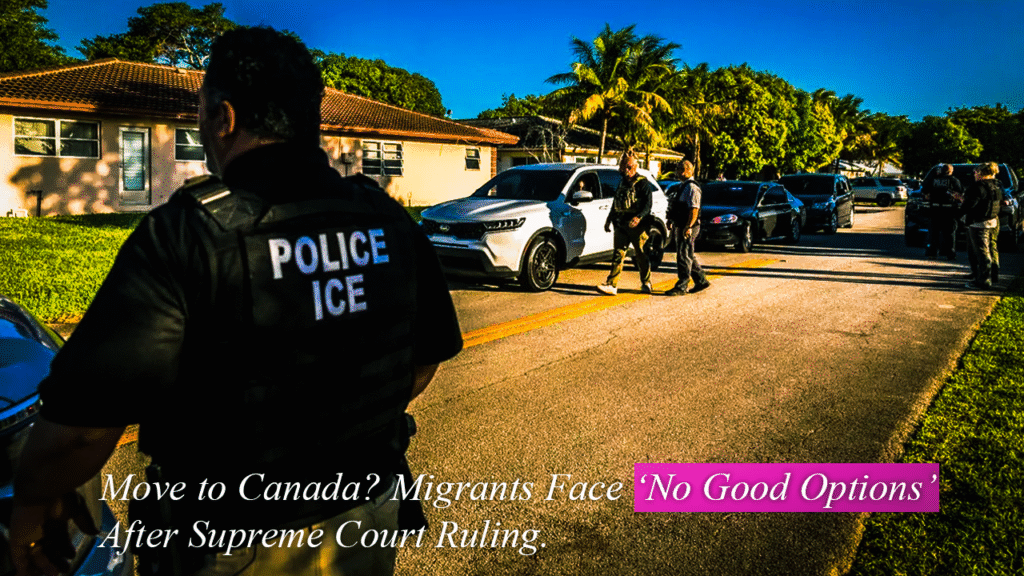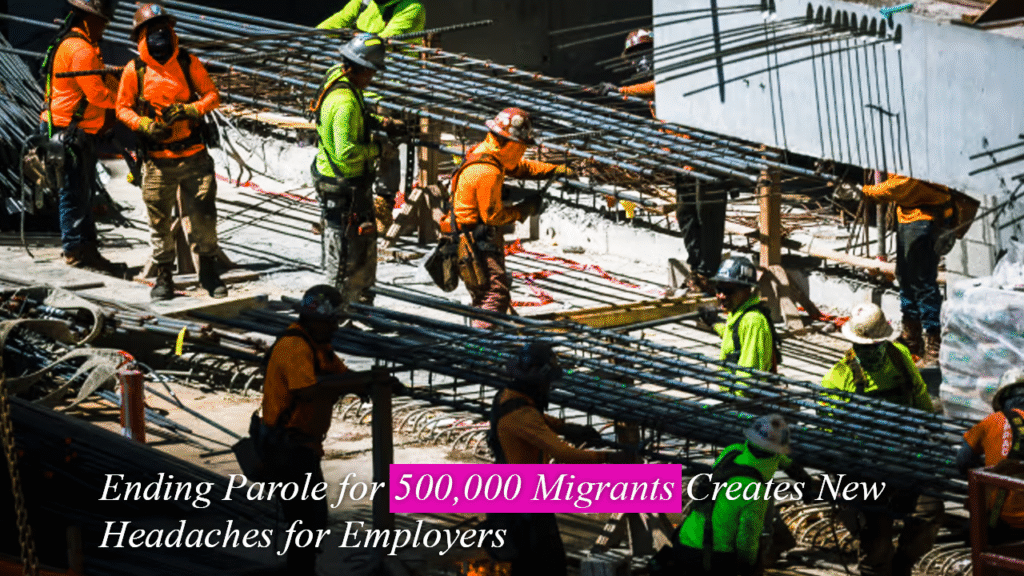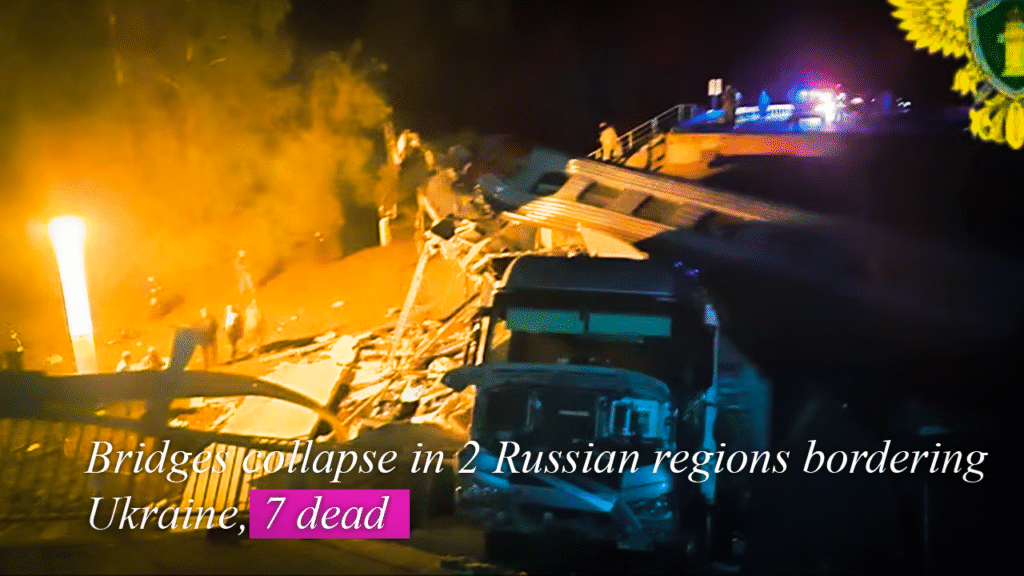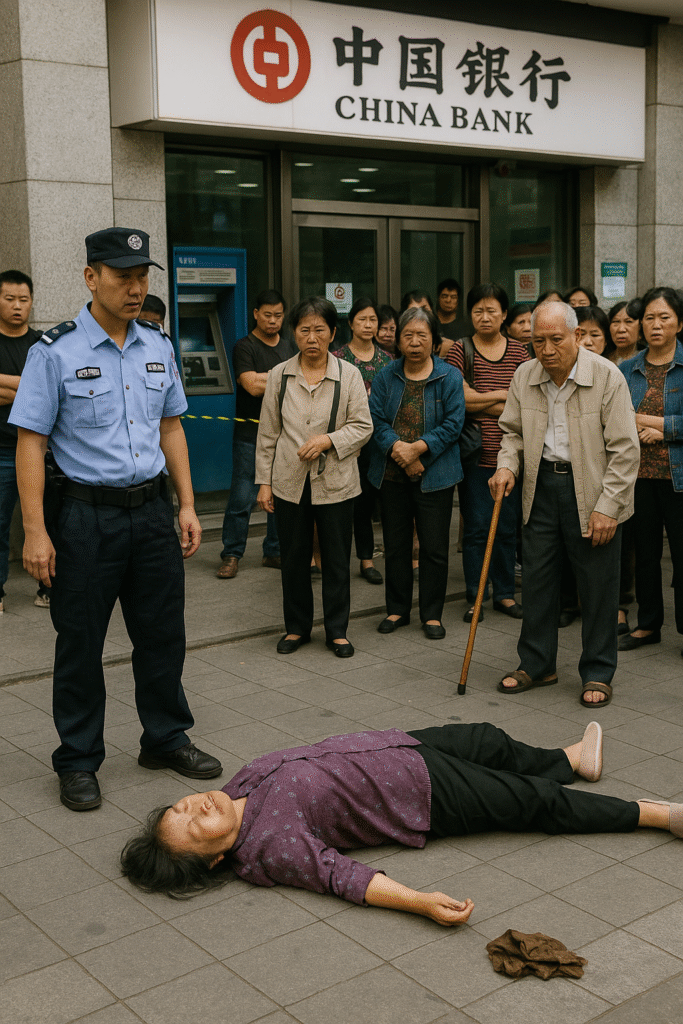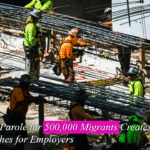Move to Canada? Migrants Face ‘No Good Options’ After Supreme Court Ruling
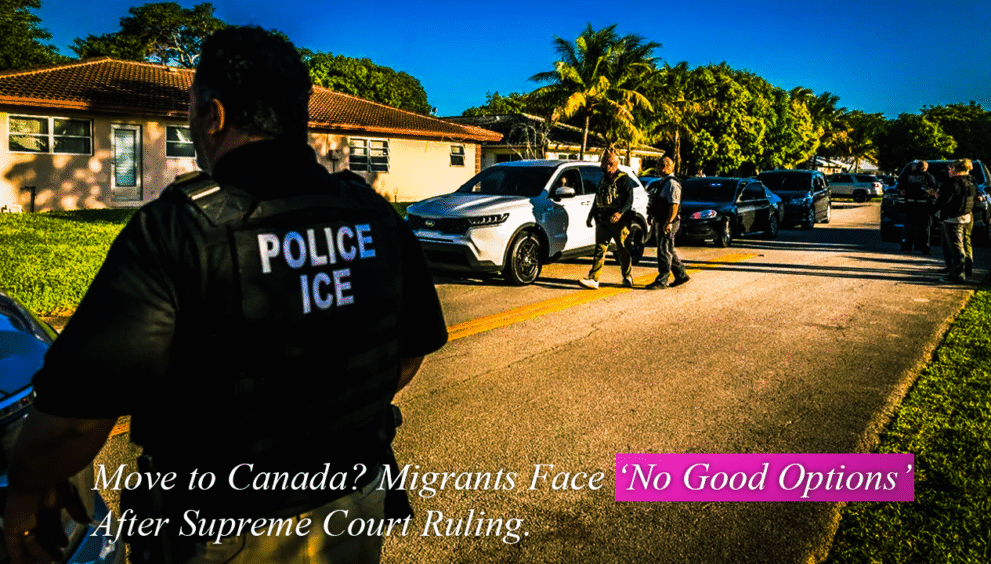
Canada’s previously well-respected immigration system in 2025 is at a crossroads. The Supreme Court decision regarding immigration detention and asylum processing has transformed the playing field for migrants, leaving them with “no good options.” The historic decision impacts refugees, asylum claimants, and economic migrants, especially those who enter Canada irregularly or remain in pending deportation orders. The consequences have triggered political outrage, humanitarian alarm, and juridical uncertainty.
As one learns more of the latest Supreme Court decision, there is a drastic shift in the procedures that regulate migrant detention practices.
The Significance of the Decision and Its Consequences
The Supreme Court of Canada has just issued a landmark decision that the practice of the federal government to hold immigrants in detention for extended periods of time without transparent and definitive judicial scrutiny is in outright opposition to the Canadian Charter of Rights and Freedoms. Previously, the Canadian Border Services Agency (CBSA) was the only agency that could detain foreign nationals indefinitely, solely because of national security reasons or the assumed probability that such persons will abscond.
Under the newly established legal framework:
Immigration detainees must now be accorded the possibility of regular judicial review.
Indeterminate detentions which take place without the presence of any criminal charges are now deemed to be unconstitutional in character.
There must be evident and understandable reasons given for any continued detention or enforced limitation on individuals.
Impact on Migrants Waiting for Asylum or Deportation
Most migrants are left in a state of legal limbo:
They are not being deported immediately now who claim asylum, but the fact remains that they do not have any legal right to stay in the country either.
Asylum seekers who come from Safe Third Countries, like the United States, are automatically denied their asylum claims because of the provisions created in the Safe Third Country Agreement.
Economic migrants lacking the required and appropriate documentation are left out of the equation to access normal channels for migration.
With the due process highlighted by the court, enforcement of immigration has been hampered, but migrants are left in bureaucratic limbo, unable to work, settle, or depart.
The Safe Third Country Agreement: A Serious Barrier, Not a Helpful Bridge
The Agreement Involves Different Aspects and Details
The Safe Third Country Agreement, or STCA, is a significant legal agreement between Canada and the United States. This legal agreement particularly requires that:
Asylum seekers must seek asylum in the initial safe country into which they travel while in transit.
If individuals try to come into Canada from the United States through the normal border stations that would otherwise be possible, they will be routinely denied.
Only occasional border crossings (such as Roxham Road in Quebec) previously permitted asylum claims, but new policy has closed even that option.
Migrants Caught in the Middle
Irregularly crossing migrants are now faced with:
Fairly limited legal safeguards
Risk of deportation
There is no direct route to permanent residence
With far fewer entry points available to migrants and far more stringent enforcement of immigration policy, those who seek a better life have to gamble with little hope of a favorable outcome. The very high likelihood of being caught by the authorities, along with the absence of legal rights to work and the potential to have to engage in protracted court battles, has brought about a situation where even border crossing itself has become considerably less of an available route to security and safety than it used to be.
Provinces On The Brink: Resources Pushed To The Limit, Increasing Levels Of Frustration
Ontario and Quebec: The Epicenters of Activity
Toronto and Montreal are increasingly becoming a significant and competitive destination for recently immigrated individuals. These cities’ municipality governments are reporting:
Overflow shelters
Healthcare system burden
Public criticism on the basis of perceived imposition on services
Ontario Premier Doug Ford has, on several occasions, repeatedly articulated his firm wish for:
Further federal assistance
Tighter and more stringent immigration control measures
;.additional funding for housing projects as well as emergency services is imperative.
At the same time, Quebec’s Francophone identity debates are fueling an overall culture-vs-compassion narrative and making integration more difficult for immigrants.
Local Organizations Raise the Alarm
Immigration attorneys and NGOs are overwhelmed:
Case backlogs may vary from 12 months to a high of 24 months.
The incidence of mental disease among migrants continues to increase.
Legal aid programs are desperately underfunded
Advocacy groups are ringing loud alarms and warning that, without immediate and decisive federal action, Canada’s reputation on the world stage as a haven for the persecuted and the threatened is at stake and in serious danger.
Economic Realities: Canada’s Need to Open Doors to Migrants Compared to the Existing Strategy of Restricted Access
Shortages of Labour Contradict Immigration Controls
Canada is experiencing severe labour shortages in:
Healthcare
Agriculture
Construction
Logistics and transport
In spite of this, willing and able migrants are excluded because of:
Denial of access to a work permit
Long and frequently tedious application procedures
Absence of credential or language recognition assistance
This huge gap between the economic need for labor and the existing immigration policy has produced a strange paradox: there are many jobs that remain empty and unfilled, while simultaneously brilliant and talented migrants remain idle with no chance of contributing their worth.
The Underground Economy: A New Issue of Increasing Relevance
The desperate migrants are compelled to seek:
Cash employment
Exploitative working conditions
Substandard dwelling
This fuels the shadow economy, undermines wage levels and leads to exploitation that is difficult to police or reform.
Public Opinion: The Country is Divided on the Complicated Issue of Immigration
Based on a national survey held in 2025,
42% think Canada is welcoming “too many migrants”
38% believe immigration is crucial to the economy
20% are uncertain but concerned about system pressure
Although cities such as Toronto and Vancouver are liberal, rural and suburban voters tend to support more stringent controls.
Political Implications and Electoral Consequences
As the elections approach, immigration has been a wedge issue:
Conservatives are calling for stronger enforcement measures and the imposition of caps or limits. Liberals account for humanitarian responsibilities
NDP and Greens call for radical system reform and migrant amnesty
Such polarization can decide the political course of Canada for generations and redefine immigration policy.
What are the Different Alternatives Facing Migrants Today?
At present, migrants are confronted with a series of demoralizing and demotivating options:
And back to the homelands, even if not safe
Remain in Canada without status, face detention
Live a long period of uncertainty in a state of legal uncertainty without being granted any right to work.
Optimism for policy reforms or new judicial decisions
Legal Loopholes and Grey Areas
Certain migrants seek: Applications made on the basis of humanitarian and compassionate grounds. Spousal sponsorships Refuge status by appeal or by resettlement schemes Yet we should note that such specific options are slow and marked by uncertainty, and they fail except in instances of political intervention or mass legal aid.
The Future Direction:
Key Steps That Must Be Taken Establish quick-track paths for high-skilled immigrants who want to pursue employment in strategic sector segments. Amend the STCA to permit case-by-case humanitarian exceptions. Finance legal aid and housing programs for migrants. Establish common task forces that include federal and municipal authorities that can effectively implement and address matters of integration issues at the local level. Transparency needs to be improved and deadlines clearly set in reviews of the immigration detention process. Canada has to work hard to ensure that it keeps a watchful eye on balance between its legal systems and the values that it holds in very high esteem. Immigrants must never be viewed as statistics—they are a rich tapestry of employees, families, students, and contributors to society. A country that has been built on the values of immigration cannot allow fear and politics to erode the very humanitarian nature that constitutes the foundation of its being.
Conclusion:
It is now time to make a choice about what kind of Canada we want for ourselves and for generations to come. The recent Supreme Court decision has placed the glaring flaws and weaknesses which define Canada’s immigration system in harsh relief. If the nation does not move quickly and institute swift and well-balanced reforms, there is a very real risk it will inadvertently create a humanitarian crisis on its own doorstep. The crisis of the migrants, who are now confronted with an ever-shrinking set of choices, is a vital litmus test for assessing Canada’s legal and moral obligations as a state. In the end, the decision is ours and ours alone: we must determine whether to shore up and preserve a just immigration system or simply sit idly by and allow the promise and vision of Canada to be lost to the pressure of outside forces.

 English
English 


